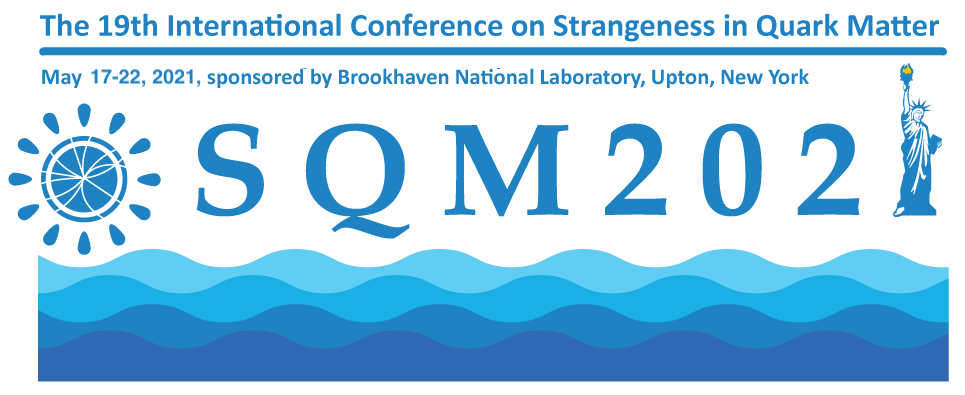Speaker
Description
In the primordial QGP filling the early Universe the abundant strangeness is in chemical equilibrium since the characteristic Hubble time constant $H^{-1}\simeq 1\mu s$. Upon hadronization near to $T=150$ MeV one may think that relatively short lived massive strange hadrons decay rapidly and strangeness disappears. However, using detailed balance considerations for inverse decay reactions including hadronic, electromagnetic and weak interaction processes we show that the back reactions repopulate strangeness keeping it near to the chemical equilibrium -- small deviations occur due to multiparticle decay processes which can fall out from detailed balance. For $T>20\,\mathrm{MeV}$ strangeness abundance is predominantly found in strangeness containing mesons with $s=\bar s$. For $20>T>13$ MeV strangeness is predominantly present in hyperons, with anti-strangeness balance in kaons, keeping symmetric $s=\bar s$ abundances. Near to $T=13$ MeV the reaction $\overline{K}+N\rightarrow\Lambda+\pi$ becomes slower than the strangeness decay $\Lambda\rightarrow N+\pi$. Now strangeness abundance becomes asymmetric $s>\bar s$. Finally, at $T_s=7.3$ MeV all strange particle kinetic reaction rates drop below $H^{-1}$, hence also $\Lambda$ disappear below this temperature. Considering this relatively low value of final chemical decoupling $T_s$ one can wonder if strange matter clustering should in future be also considered.




